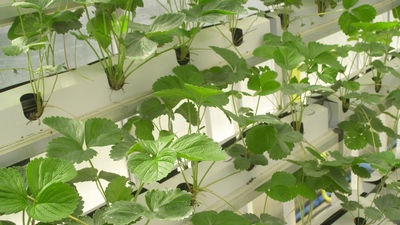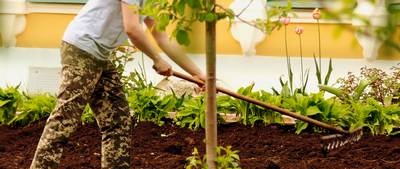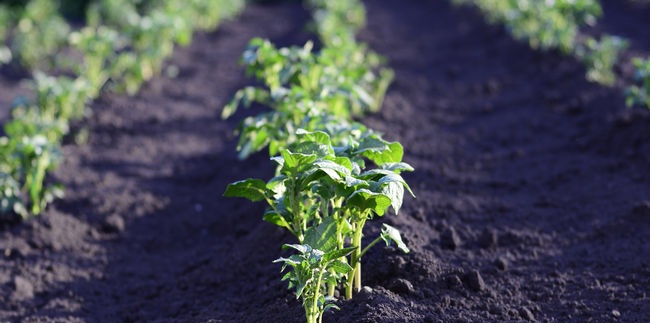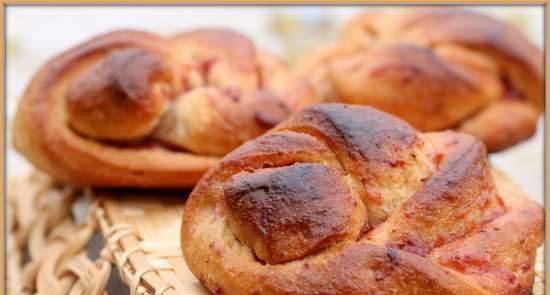Tillage for agricultural use |
|
Soil cultivation in a newly developed area usually begins with preparing it for planting potatoes, vegetables, for sowing siderates, perennial grasses and other plants whose root system penetrates deeply. The practice of home gardening shows that it is best to start potatoes and other row crops on a newly developed plot as the first crop; systematic processing of such plants helps to cleanse the soil from weeds and to develop it well for subsequent garden crops. You should not immediately cultivate the soil to a great depth, since in this case deeper sterile (podzolic) layers and soils will be turned up to the surface, on which annual plants cannot grow.
Soil cultivation in home gardening most often consists in digging row spacings to a depth of 20-25 cm under potatoes, vegetables and green manure. For planting horticultural crops, planting pits are prepared 50-60 cm deep for fruit plants and 40-45 cm for berry bushes. Strawberries and raspberries are planted in soil completely cultivated to a depth of 25-30 cm. In some cases, a soil pass for two bayonets of a shovel is used for laying a garden with the additional introduction of large doses of organic and mineral fertilizers and lime.
When planting strawberries in the spring on virgin soil (untreated, turfed soil), from which the development of the site sometimes begins, the land must be dug up in the previous autumn, adding organic and phosphorus-potassium fertilizers to it.
When laying the berry in the fall, the soil is cultivated in the same way in the spring and during the summer it is kept loose and clean from weeds (black steam). In the fall, the soil is loosened and strawberry seedlings are planted. It must be borne in mind that when planting strawberries on virgin soil in the early years, there are many weeds on the site, which can only be got rid of by systematic and careful weeding.Wheatgrass rhizome weed is especially dangerous.
Soil cultivation for woody-shrub plants should be carried out, as a rule, at least a month before planting, and even better in autumn for spring and in spring for autumn planting. K. S. Dukhanin Similar publications |
| Varietal cultivation of fruits and berries | Black currant |
|---|
New recipes
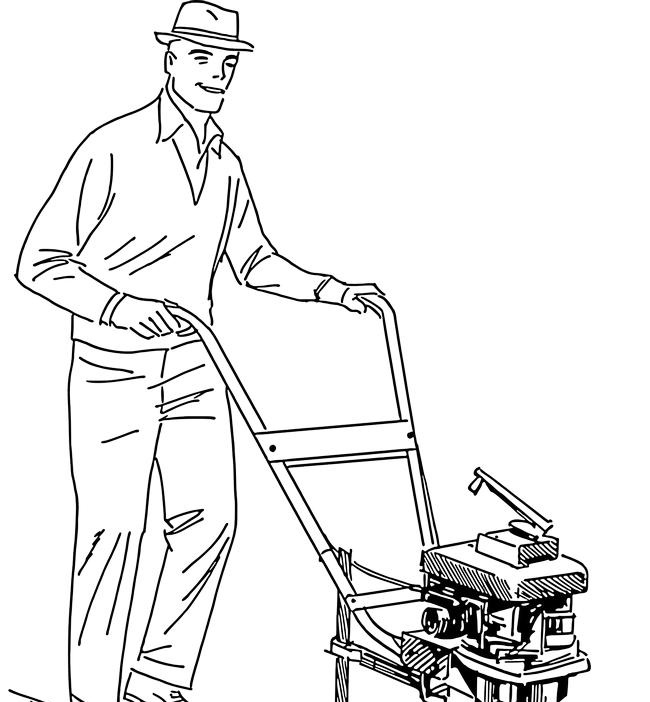 The yield of any agricultural crop largely depends on the correct tillage. On the personal plot, the main task in the struggle for the harvest and the good development of ornamental plants is to create a loosened soil layer 25-30 cm deep for berry and vegetable crops and 40-50 cm and more for fruit trees. The deeper the soil layer is loosened and cultivated, the better the roots of garden plants spread in it. Simultaneously with the processing, organic and mineral fertilizers, as well as lime, are embedded in the soil.
The yield of any agricultural crop largely depends on the correct tillage. On the personal plot, the main task in the struggle for the harvest and the good development of ornamental plants is to create a loosened soil layer 25-30 cm deep for berry and vegetable crops and 40-50 cm and more for fruit trees. The deeper the soil layer is loosened and cultivated, the better the roots of garden plants spread in it. Simultaneously with the processing, organic and mineral fertilizers, as well as lime, are embedded in the soil.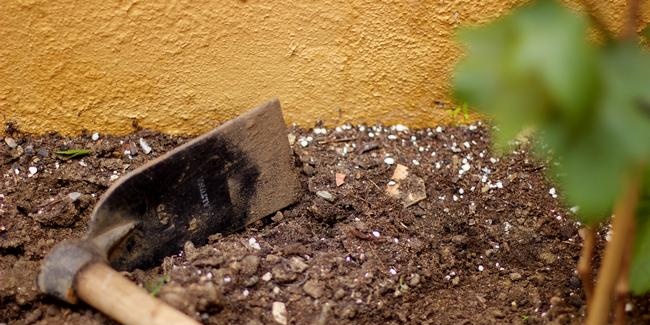 Before planting fruit trees and berry bushes, the soil is dug on a full bayonet of a shovel and then, according to the plan, planting pits are prepared. On the day of planting fruit and berry plants, many gardeners fill the planting pits with earth from the upper layers of the rows, mixing it with organic and mineral fertilizers. And this is justified, since the upper layers of the soil are the most fertile. Such filling of the planting holes will provide good nutrition to the plants in the first period of their growth and development.
Before planting fruit trees and berry bushes, the soil is dug on a full bayonet of a shovel and then, according to the plan, planting pits are prepared. On the day of planting fruit and berry plants, many gardeners fill the planting pits with earth from the upper layers of the rows, mixing it with organic and mineral fertilizers. And this is justified, since the upper layers of the soil are the most fertile. Such filling of the planting holes will provide good nutrition to the plants in the first period of their growth and development.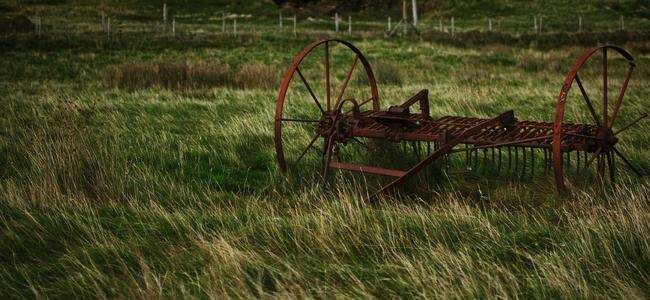 Some gardeners immediately start planting the main crops of fruit trees and berry bushes, without preliminary general soil cultivation, and prepare only planting pits of a certain size. In this case, after planting, it is necessary to immediately start processing and
Some gardeners immediately start planting the main crops of fruit trees and berry bushes, without preliminary general soil cultivation, and prepare only planting pits of a certain size. In this case, after planting, it is necessary to immediately start processing and 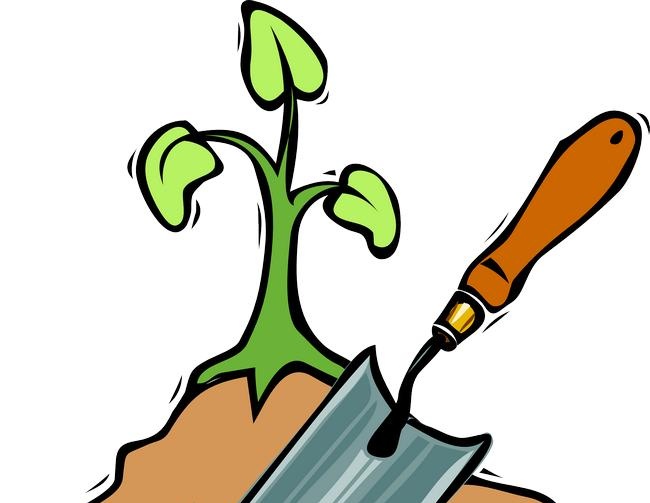 Digging is carried out on a full bayonet of a shovel, wrapping the layer and carefully covering the sod. In the spring, if there are lumps on the dug area, then they are broken with a hoe and then the topsoil is loosened with a rake. After that, the site is ready for planting strawberry seedlings on it.
Digging is carried out on a full bayonet of a shovel, wrapping the layer and carefully covering the sod. In the spring, if there are lumps on the dug area, then they are broken with a hoe and then the topsoil is loosened with a rake. After that, the site is ready for planting strawberry seedlings on it. For decorative tree plantations, mainly local soil cultivation (planting pits or trenches) is used. Places free from planting are left sodded, creating lawns in small areas. But they also need care: cleaning with a rake, overseeding of meadow or lawn grasses, removing plants that violate the beautiful ensemble of the lawn, etc.
For decorative tree plantations, mainly local soil cultivation (planting pits or trenches) is used. Places free from planting are left sodded, creating lawns in small areas. But they also need care: cleaning with a rake, overseeding of meadow or lawn grasses, removing plants that violate the beautiful ensemble of the lawn, etc.